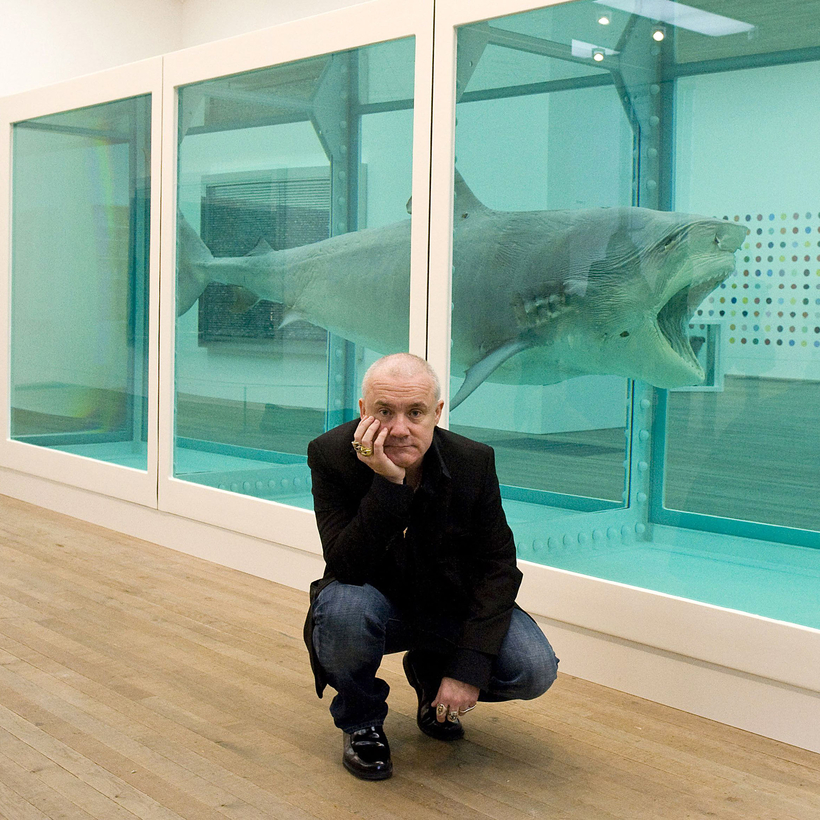Damien Hirst called his breakthrough work The Physical Impossibility of Death in the Mind of Someone Living. If he had just called it “Shark in Formaldehyde” would he have gone on to have such a stellar career — or to have sold it for at least $8 million?
Probably not, according to a study that suggests people consider artwork to be more meaningful when it is accompanied by a “pseudo profound” title.
The research was conducted, the scientists said, to deal with a problem with which many visitors to Tate Modern might sympathise. “An experience that may be familiar to visitors of modern art museums is finding oneself before a sprawling arrangement of colour and shape seemingly randomly splattered on a canvas. One may look at such paintings for several moments, puzzled as to what meaning is purportedly captured in the colourful streaks,” they write in the journal Judgment and Decision Making.
“Finally, as if searching for something tangible and specific to tackle cognitively, the description is read, and the museum goer is satisfied.”
The description cards are, it seems, a life raft in a turbulent swirling sea of abstractness. But what role do they really perform? To test this idea, the team showed 800 people different computer-generated artworks and asked them to rate their profoundness. Some had no titles, some had mundane titles, and some had ones generated by “randomly arranging a list of profound-sounding words”. For instance, one was called “Wholeness quiets infinite phenomenon”.
The scientists, from University of Waterloo in Canada, did this because, they argued, abstract art was an area where “bullshit can be used effectively to impress others”. The study appeared to validate their hunch. Not only did people respond better to art with pseudo-profound nonsense titles, they also, in a separate study, found such titles indistinguishable from real ones used in genuine artworks.
So does this mean that all modern art is nonsense? Not necessarily. “If anything, the production of good and satisfying ‘bullshit’ (ie statements meant to be impressive regardless of truth) may simply be part of the artistic process,” the scientists argue.

